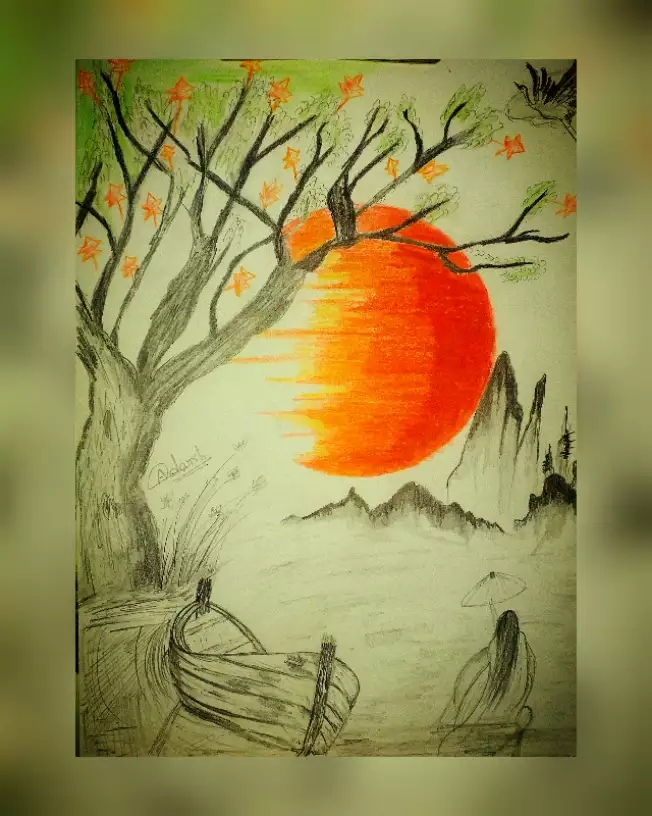The Crossway of Politics and Appearances in Trump Art
The Crossway of Politics and Appearances in Trump Art
Blog Article
Starting an Aesthetic Trip Through the Lyrical Analyses of Nature in Stylist Landscapes
Each brushstroke, each play of light and darkness, and each shade selection in their jobs speaks quantities regarding the artists' deep link to nature and their capability to translate its elegance onto the canvas. As we check out the lyrical interpretations of nature in Stylist landscapes, we are invited to immerse ourselves in a world where truth and emotion link, providing a glimpse right into the artists' extensive gratitude for the all-natural world.
The Captivating Brushstrokes of Claude Monet
Claude Monet's mastery of brushstrokes transcends simple technique, imbuing his landscapes with an aerial quality that fascinates and captivates visitors - trump art. His ingenious use color and light, incorporated with his distinctive brushwork, develops a sense of motion and life within his paints. Monet's popular collection of works showing water lilies and his renowned haystacks display his capacity to catch the short lived effects of light and atmosphere

Taking On Light and Darkness With Camille Pissarro
Embodying a comparable reverence for the interaction of light and darkness, Camille Pissarro's creative vision unravels as a harmonious exploration of the all-natural world's luminous subtleties. Pissarro, a vital figure in the Impressionist activity, masterfully captured the dynamic connection in between light and shadow in his landscapes. His skilled usage of color and brushwork permitted him to communicate the refined shifts in light that define various times of day and periods.
Pissarro's paintings typically include spotted sunlight infiltrating leaves, casting detailed patterns of light and shadow on the earth listed below. In works such as "Hoar Frost, the Result of Snow, Pontoise," Pissarro skillfully shows the crisp brightness of wintertime sunshine juxtaposed with the great darkness that specify the snowy landscape. By embracing both light and shadow in his compositions, Pissarro invites audiences to submerse themselves in the all-natural appeal and short-term results of light worldwide around them.

Via Pissarro's jobs, we are advised of the transformative power of light and darkness, welcoming us to stop and value the short lived minutes of elegance existing in the daily landscapes that border us.
A Harmony of Color Styles by Edgar Degas
Edgar Degas orchestrates a lively harmony of shades in his masterful art work, infusing his make-ups with a dynamic interplay of hues that mesmerize the audience's look. Known mostly for his ballet dancers and intimate scenes of Parisian life, Degas skillfully manipulated colors to convey mood and motion in his paintings. trump art. His usage of strong, contrasting colors and subtle tonal variations produced a feeling of deepness and vibrancy within his jobs
Degas' shade palette often included abundant blues, deep environment-friendlies, and warm oranges, which he used with confident brushstrokes to catch the essence of his topics. Whether portraying a ballerina mid-performance or a group of friends talking at a coffee shop, Degas' colors not find more just illustrated the scene however also stimulated a feeling of emotion and power.
Furthermore, Degas' testing with light and darkness included an additional layer of complexity to his shade make-ups, boosting the overall ambience of his paintings (trump art). Via his competent adjustment of color, Degas created an aesthetic symphony that proceeds to resonate with visitors today
Checking out Nature's Tranquility With Berthe Morisot
Berthe Morisot's creative vision offers a tranquil departure from the lively color harmonies of Edgar Degas, as she captures the harmony of nature in her evocative landscapes. Understood for her delicate brushwork and intimate portrayals of daily life, Morisot's landscapes show a sense of tranquility and harmony.
Morisot's paintings often feature soft, low-key tones that convey a feeling of calmness and tranquility. Her jobs, such as "The Cradle" and "Summertime's Day," display her capability to record the subtle appeal of nature in a manner that is both soothing and reflective to the visitor.
Unlike some of her Impressionist equivalents that concentrated on strong colors and dynamic make-ups, Morisot liked to develop gentle, introspective scenes that invite the customer to stop and reflect. With her skillful use light and darkness, Morisot creates a sense of serenity that resonates with the customer on a deep psychological degree.
The Emotional Landscapes of Vincent Van Gogh
Vincent Van Gogh's landscapes clearly communicate a deepness of feeling via their dynamic brushwork and expressive use shade. The Dutch post-impressionist musician is renowned for his ability to catch extreme and raw feelings in his paints, going beyond traditional representations of nature. Van Gogh's troubled individual life, noted by psychological wellness struggles, substantially affected his art, instilling his landscapes with a sense of anxiousness, sorrowful, or liveliness.
In works such as "Starry Night" and "Wheatfield with Crows," Van Gogh's swirling brushstrokes and dynamic shade selections stimulate an extensive emotional reaction from audiences. The rough skies and upset landscapes in his paintings reflect his internal chaos and psychological turbulence, inviting viewers to delve right into the intricacies of his mind.
Van Gogh's special visual language, defined by exaggerated perspectives and vibrant usage of shade, produces landscapes that resonate with visitors on a deeply psychological level. Through his try here art, Van Gogh welcomes us to see nature not simply as an outside reality however as a mirror of our innermost sensations and emotions.
Verdict
To conclude, the impressionist landscapes of artists such as Claude Monet, Camille Pissarro, Edgar Degas, Berthe Morisot, and Vincent Van Gogh provide a captivating and distinct aesthetic interpretation of nature. Through their her comment is here use brushstrokes, shade, emotion, and light, these artists have actually produced a harmony of pictures that evoke a sense of calmness and beauty in the all-natural world. Their jobs continue to motivate and captivate visitors with their lyrical interpretations of the landscapes around us.
Each brushstroke, each play of light and shadow, and each shade choice in their jobs talks volumes regarding the musicians' deep connection to nature and their capability to convert its charm onto the canvas. His cutting-edge usage of color and light, integrated with his distinct brushwork, creates a sense of motion and life within his paints. His adept use of shade and brushwork permitted him to convey the subtle changes in light that specify various times of day and seasons.

Report this page